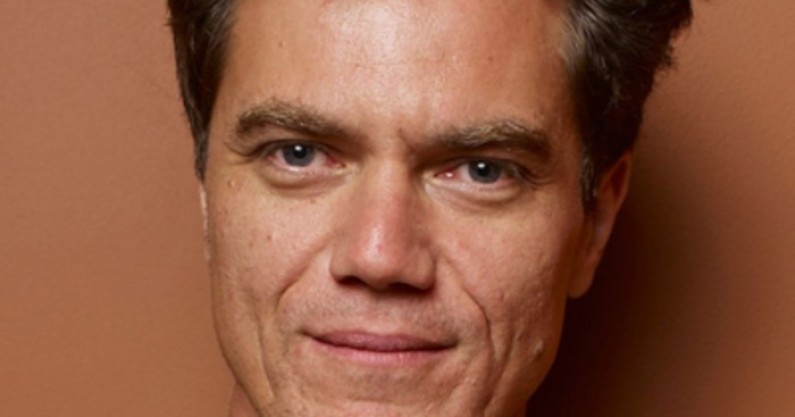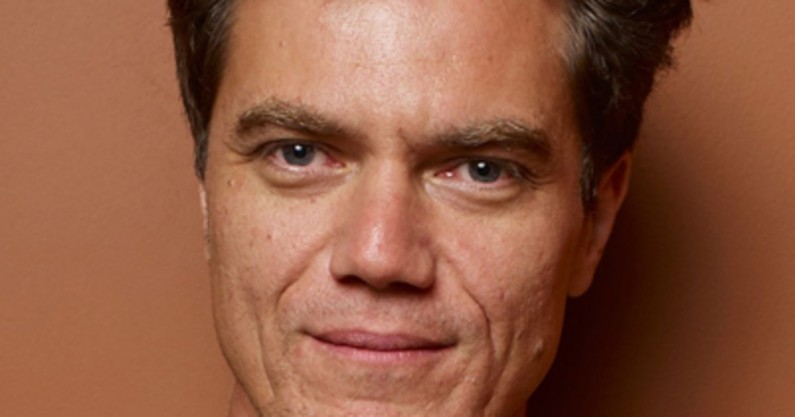

What is quirk? In eras past, it may have been called eclectic, eccentric, odd, or just plain crazy. As the 20th Century progressed, there was an increased acceptance of difference, starting with the counter-culture of the 60’s and reaching an all-time high here in the present day. In the era of Pinterest, an increasing interest in frugality and making things for oneself, and actresses such as Zooey Deschanel, the word quirky has no longer become a passive-aggressive description by housewives to describe someone who isn’t invited to their social gatherings, but rather a badge to be worn with pride. This label shows that one is fun, creative, and interesting. Instead of using Better Homes and Gardens for decorating tips, they use their imaginations and Goodwill. Instead of trashing a dress with a rip, they sew a bolt of colorful fabric in the flaw and make it into a new garment.
A 1996 article published in Psychology Today references the spirit in creative people who can be seen so readily in today’s culture of quirk. Creative people are a mixed breed combining playfulness and discipline, or responsibility and irresponsibility. Without a doubt, a playfully light attitude is typical of creative individuals. However, this playfulness doesn’t go very far without its antithesis, a quality of doggedness, endurance, perseverance.”
This quote shows the prevailing attitude of many of the people in today’s society that consider themselves quirky. Given the attention to global warming, environmentalism, and “up-cycling” (which is when an object previously viewed as junk is painted, refurnished, or otherwise made into something modern and useful), the desire for uniqueness while also making a difference seems to be a large driving force behind the motivation of the average quirky person.
In bygone eras, the need to fit in was always a huge factor. Dress and diet separated the upper and lower classes, and the desire to appear as one belonged within the upper class dictated and to some extent, limited creativity. A woman might wear an elaborate headdress, but only if others in her class were doing so. Foods, such as exotic and rare fruits, were an exciting treat due to novelty created by the rich able to afford them regularly rather than just because they were unique.
In today’s time with a middle class, not rich, but not quite poor, with an abundance of food and fashion at our disposable, as well as other people’s waste. With castaways and a general disdain for those in the infamous 1 percent, a lot of general society’s goals have shifted towards wanting to live green while remaining a degree of distinctive style. Gone are the days where those with a little more “have” than “have not” want to separate from those in lower-income brackets, but there is a growing interest in making and owning things that can’t be bought at a department store. Personality reigns more than a display of wealth, and a certain pride follows being able to show off one’s creations. It does seem that indeed, quirky is the new normal. Any large city has their own subset of brunchers in their own knitwear that returns home to a reclaimed shelf full of thrifty trinkets. Now, rather than being a sign of economic wealth or disparity, it’s a personal sign of what one holds in their head and hearts. Moreover, it is a statement that they can be creative and unique. How quirky are you?
Blog By Megan Lysek


